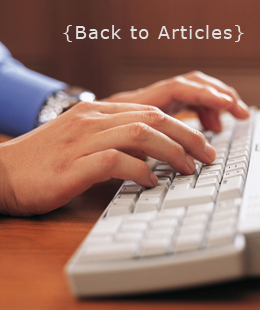 |
||||

Contact Us
|
Continued > Page 2 - Lessons from LA Law The ritualistic procedures and evidentiary rules of court also add extra steps in the communication process, making it more difficult to keep the jurors' attention. To overcome this handicap, lawyers must adopt TV's method of simplifying and distilling complex issues so that jurors can grasp the crucial facts of a case quickly and accurately. The first lesson to be learned from "L.A. Law" is that shorter is always better. The rapid pace of television scriptwriting and editing sets a standard in the courtroom that I now strive to match. Some lawyers may see this as heresy, but a good two minute closing argument on "L.A. Law" may have more jury appeal than a real life, 30 minute courtroom performance by a charismatic trial lawyer. The same is true of expert witness testimony, which usually takes no more than two minutes on the TV screen, but often several hours in the courtroom. In many ways, the trial lawyer's role is equivalent to that of a film director or a producer. It is a lawyer's intuition and judgment that bring a case together. The lawyer controls the presentation of every factual and emotional element of the case. Ultimately, it is the lawyer who creates the atmosphere in the courtroom and subtly guides the jurors' perception and interpretation of the evidence given there. Nothing is more essential to jurors' attentiveness than maintaining an appropriate pace at trial. Keeping the case moving is essential to holding their attention. In "scripting" the testimonial sequences, lawyers should keep in mind that short, pithy statements are always preferable to long, convoluted ones. Whenever possible, examination of a witness or an oral argument should start with a dramatic punch that hooks the jury to the theme of the case. Details can come later. As film director John Sturges observed, "In America, you can't begin a picture slowly. You open with clouds and an airplane comes through. In the next shot, the plane has to explode." 1 There is another advantage to moving the pace along. An opposing lawyer's sworn duty is to poke holes in your case. These will be less apparent if you move the case quickly. As long time "B" movie director Bryan Foy observed, "You can't see the teeth on a buzz saw." 2 Severe editing and sparing use of detail in all testimony and presentations are essential. Admittedly, this is difficult to achieve in an era of discovery overkill. A significant case can generate several file cabinets of depositions. The lawyer's challenge is to extract only what can pass the same criteria used for film and television: "Will this promote involvement in the story?" If not, it should not be used. >>NEXT
|
|||
Disclaimer | Sitemap | Contact Us | 2008 All Rights Reserved | Site Developed by Catherine Flemming | Designed by Suryn Longbotham |
||||